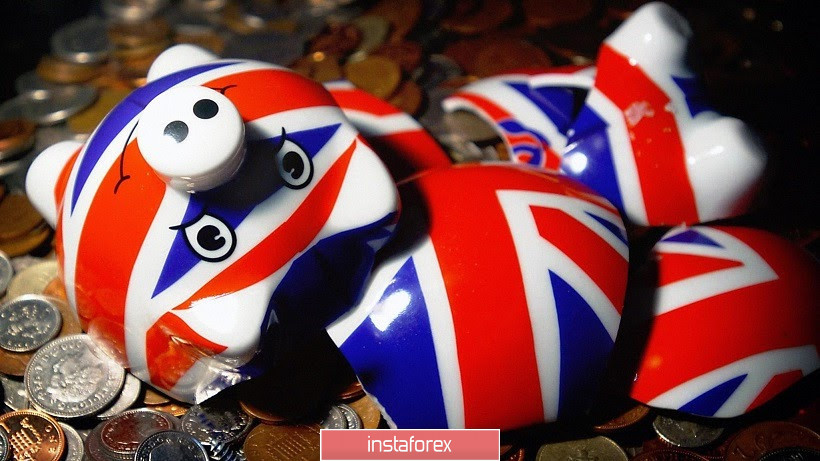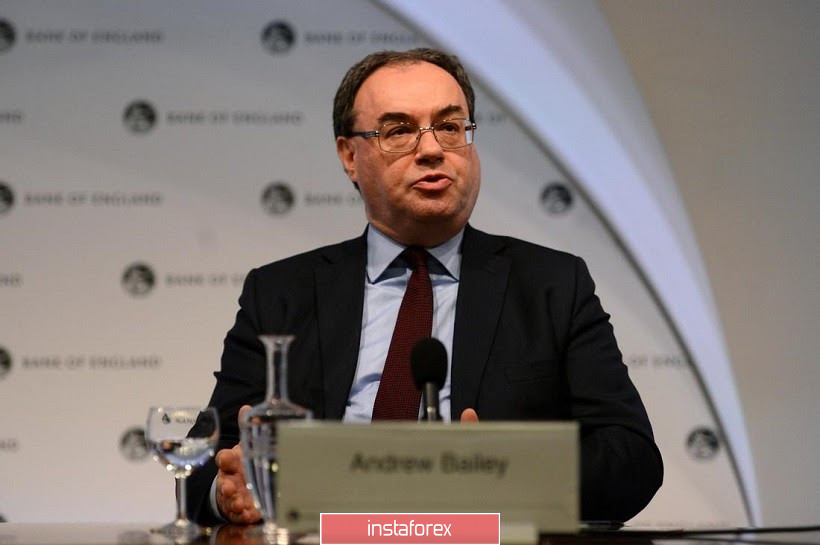So, contrary to conflicting rumors, the Bank of England still implemented the dovish scenario today. Although the regulator left the interest rate unchanged, and the asset buyback program was expectedly expanded by £100 billion, the pound was still knocked down, primarily due to subsequent comments by BoE Governor Andrew Bailey.
On the eve of the June meeting, experts voiced different opinions regarding possible decisions of the English regulator. So, according to some analysts, the central bank should have taken a wait-and-see attitude - that is, limited itself to expanding the asset buy-back program without announcing further steps to mitigate monetary policy. At the same time, supporters of the hawkish version (if the term can be used at all in the current conditions) admitted that regulator members would "close their eyes" to catastrophic macroeconomic reports that reflected the peak of the coronavirus crisis. By and large, the data for April was actually published in June, when Britain was quarantined. Therefore, BoE members could only note a record slowdown in the economy, but at the same time shift the emphasis of their rhetoric on the prospects for the recovery process (as did, for example, members of the Reserve Bank of Australia).

But the BoE decided to go its own way, taking a more dovish position. Commenting on the latest macroeconomic reports, Bailey mentioned the "prevalence of negativity" - both in the labor market and in relation to inflationary trends. Moreover, according to him, labor market indicators "are more relevant for assessing inflation risks." Let me remind you that the latest data showed that the number of applications for unemployment benefits jumped to 528,000, while salary data came out in the red zone - both in annual and monthly terms. Including premiums, this indicator slowed down to 1%, excluding bonuses - up to 1.7% (for comparison, in March this indicator was at the level of 2.7%). Also, Bailey reiterated that the British economy slowed down by 20% in the first quarter, and apparently, the same value will slow down in the second quarter.
If Bailey limited himself to only the above comments, the pound would hardly have reacted with such a sharp decline. However, the head of the English regulator curtailed the GBP/USD bears, talking about the prospects of negative rates. This is a very painful topic for the pound, which he had previously repeatedly raised, provoking volatility. This time, Bailey said that central bank economists are "trying to figure out the implications for the UK economy from the experiences of other countries with negative rates."
Here you have to go a little deeper into the background of the issue. For the first time, rumors that the BoE could introduce a negative rate appeared in early May, when more operational macroeconomic indicators signaled the extent of the economic catastrophe. At first, these conversations seemed empty - after all, Bailey himself, who had just been appointed then to the position of head of the central bank, initially rejected this idea. But that was back in March, when Britain just met the coronavirus. And when Covid-19 actually closed the country (and with it almost the whole world) for a month and a half, Bailey's position changed dramatically. Speaking to members of the Lower House of the British Parliament, he said that the central bank "is actively considering the option of reducing the rate to zero." Such a statement sounded like a bolt from the blue, so it is not surprising that the GBP/USD pair then slumped to two-month lows in a matter of hours, that is, to the middle of the 20th figure.

But then the market came to the reasonable conclusion that the head of the central bank did not have the power to solely lower or raise the rate, while the rest of the Committee did not declare such intentions. The market has been hesitating for a long time on this issue, but then the BoE Chief Economist Andrew Haldane put a point in this discussion. According to him, the English regulator "didn't even come close to the decision to switch to negative interest rates." He also mentioned the negative effects of negative rates on UK banks and lenders who will experience margin pressure. In addition, Haldane noted that a similar move by the central bank "will affect confidence in the economy as a whole."
After that, the issue of reducing interest rates was discussed only in the context of a possible reduction to zero. But even such an option seemed unlikely to many experts, given the weakening of quarantine (in Britain and in most countries of the world) and a restart of the economy.
That is why Bailey's words sounded so "loud" today. The head of the BoE tried to maintain a balance in his rhetoric, noting that the issue of negative rates "is complicated", and if they are introduced, "there may be problems with their implementation and communication policy." But the market, as they say, heard only the first half of the phrase - that the central bank is considering the likelihood of "going to zero."
Resumed talk of a negative rate has become the main driver of the GBP/USD decline. And in my opinion, the pound has not yet fully won back this fundamental factor: if the bears can overcome the support level of 1.2410 in the near future (the upper border of the Kumo cloud on the daily chart, which coincides with the Kijun-sen line), then they can reach the bottom of the 23rd figure, where the lower border of the above cloud is located. Short positions in the pair are still relevant given the outcome of today's meeting, as well as the high degree of uncertainty with the Brexit issue.





















